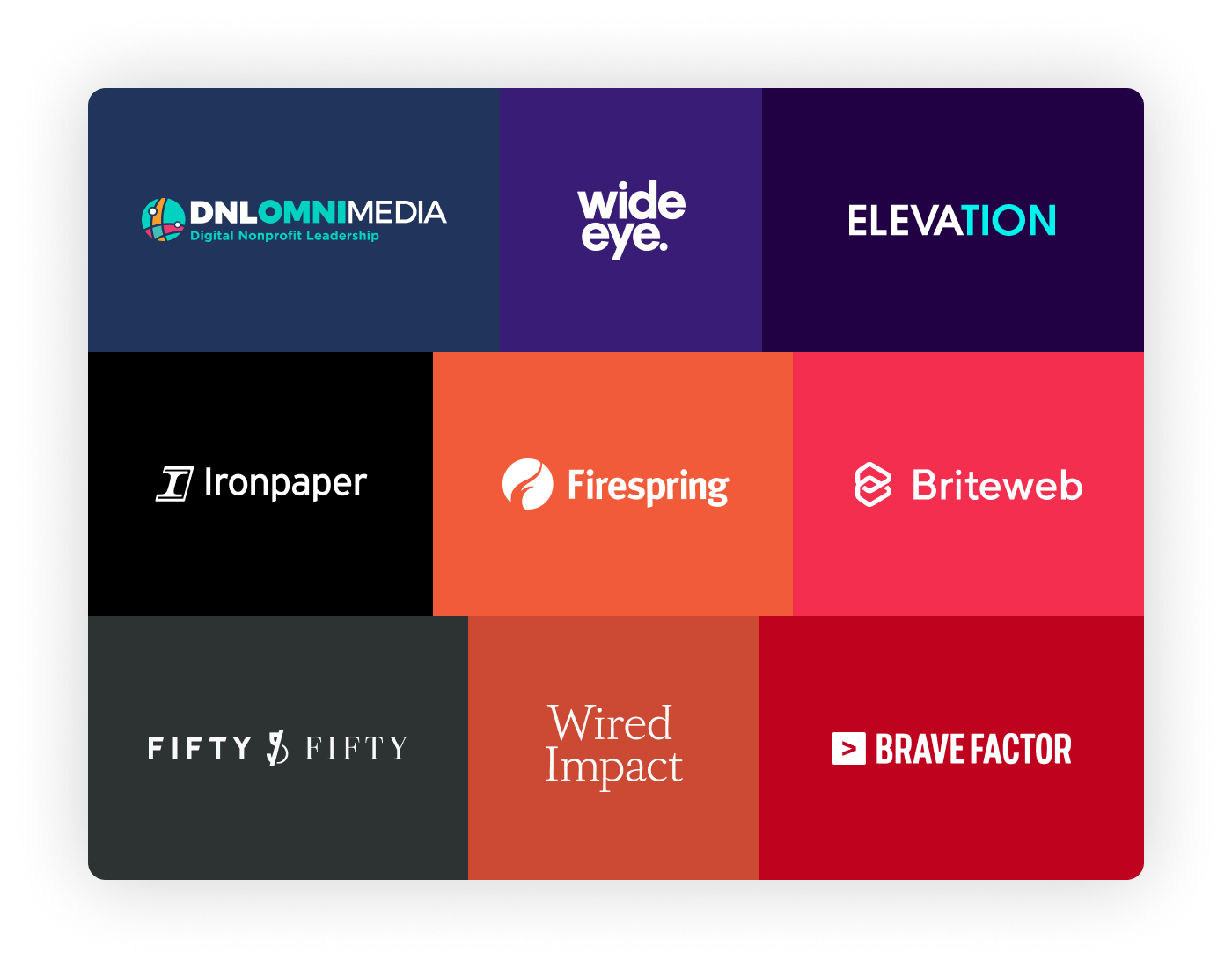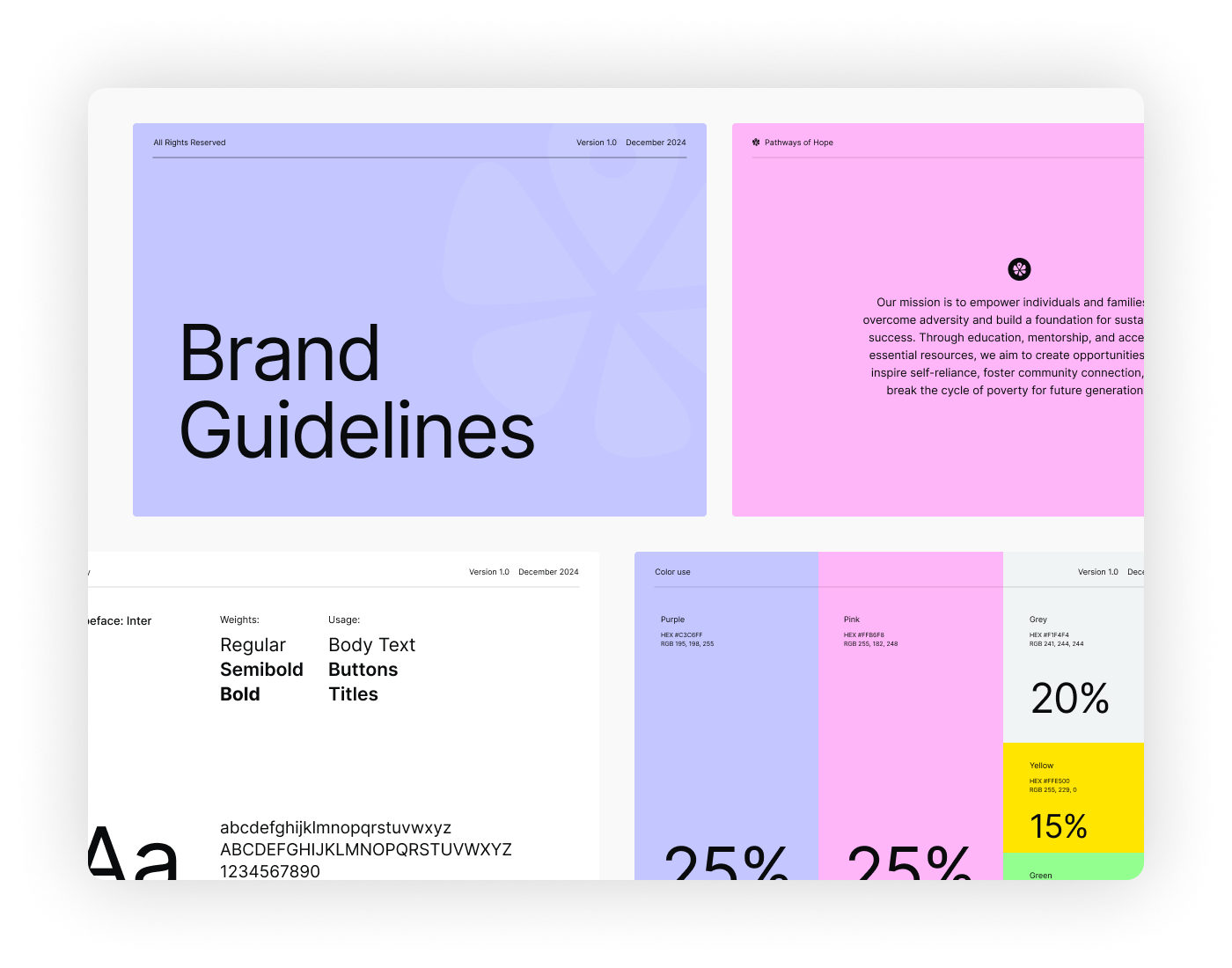Social media has become an integral cog in the complex machinery of nonprofit communication strategies, acting as an unparalleled conduit for forging connections with supporters, propagating the organization’s mission, and raising awareness about pertinent causes. These digital platforms empower nonprofits to partake in real-time dialogues, weave compelling narratives, and cultivate enriching relationships with donors, volunteers, and diverse stakeholders.
Given their financial constraints, nonprofits stand to benefit substantially from the cost-effectiveness of social media. A potent tool to leverage on these platforms is the astute use of hashtags. These digital markers categorize and streamline content, thereby enhancing user interaction with specific topics or themes, and easing the process of information discovery.
This article will further elaborate on multifaceted strategies that nonprofits can employ to amplify their digital footprint and engagement on social media through the judicious use of hashtags.
Enhance Cause Visibility
Employing relevant and trending hashtags related to your cause can boost your content’s visibility beyond your follower base. The power of such hashtags lies in their potential to reach individuals interested in the associated topics, turning them into potential supporters.
Example: #BlackLivesMatter
This hashtag symbolizes the movement against police brutality and systemic racism in the United States. It has been instrumental in raising awareness, orchestrating protests, and holding authorities accountable.
Streamline Content
Hashtags can serve as valuable tools for content organization and discoverability. Employing specific hashtags for campaigns, events, or fundraising endeavors can facilitate easy access to your content for supporters and potential donors.
Example: #StopAdani
The Australian Conservation Foundation uses this hashtag to coordinate content related to their campaign against the proposed Adani Carmichael coal mine. This hashtag strategy increases the campaign’s visibility, connecting supporters, and making the related content easily discoverable.
Participate in Ongoing Discussions
Joining relevant discussions by using trending hashtags provides an opportunity to extend your reach and boost interaction with your content.
Example: #HelpCaliNow
The American Red Cross uses this hashtag to contribute to conversations related to wildfires in California. This strategy not only enhances their visibility but also aids in raising awareness about their crisis support efforts.
Develop Brand Recognition
Establishing a unique hashtag for your nonprofit or campaign can bolster your brand recognition. Consistent use of your branded hashtag across social media platforms can foster an identifiable online presence, encouraging followers to engage with your cause actively.
Example: #NoMoreEmptyDesks
This hashtag campaign by DonorsChoose.org drew attention to the need for resources in low-income community schools, encouraging donations to bridge this gap. The campaign succeeded in raising over $1.8 million in donations.
Monitor Brand Conversations
Keeping track of relevant hashtags enables real-time monitoring of conversations associated with your nonprofit and industry. This approach can assist in staying abreast of trends, collecting feedback, and identifying potential brand advocates.
Example: #FeedingAmerica
Feeding America, the largest hunger-relief organization in the United States, monitors this hashtag to stay in touch with discussions pertaining to their brand.
Optimize SEO
The strategic inclusion of relevant hashtags in your social media posts can boost your search engine optimization (SEO), raising the likelihood of your posts being found by potential supporters.
Example: #educationforall
The nonprofit organization Pencils of Promise, which is focused on increasing access to quality education for children around the world, often uses the hashtag #education for all in their social media posts.
By using this relevant and popular hashtag, Pencils of Promise’s posts can appear in search engine results pages when people search for information related to education or nonprofit organizations that support this cause. This increases the chances of their content being discovered by potential donors and supporters, which can help them to raise awareness and funds for their cause. Additionally, Pencils of Promise may also use more specific hashtags related to their campaigns, such as #BuildAPencilSchool or #PoPQuiz, to further boost their SEO and reach a wider audience.
Find and connect with influencers
Hashtags can be used to find and connect with influencers who are already talking about your cause or related topics. By searching for relevant hashtags, you can identify people with a large following who may be interested in your organization’s mission. You can then reach out to them and ask them to promote your cause or share your content with their followers.
Example: #NatureLovers
The nonprofit organization The Nature Conservancy, which works to protect the lands and waters on which all life depends, often uses the hashtag #NatureLovers in their social media posts.
By using this relevant and popular hashtag, The Nature Conservancy can identify people who are passionate about nature and the environment and have a large following on social media. They can then reach out to these influencers and ask them to promote their cause or share their content with their followers. This can help The Nature Conservancy to reach a wider audience and raise awareness about their mission to protect nature.
Engage with your audience
Utilizing hashtags presents an excellent approach to interact with your audience on social media. Through the use of hashtags, you can motivate your followers to share their perspectives and experiences associated with your mission, cultivating a feeling of community around your nonprofit and fostering deeper connections with your supporters.
Example: #MeToo
The #MeToo hashtag is another example of a powerful social movement that started on social media. The hashtag was used by survivors of sexual assault and harassment to share their stories and raise awareness of the pervasiveness of the problem. The movement has led to changes in laws and policies, as well as increased awareness and support for survivors.
Measure the success of your campaigns
Hashtags can also be used to measure the success of your social media campaigns. By using a unique hashtag for each campaign, you can track how many people are using it and how much engagement your campaign is generating. This can help you adjust your strategy in real-time and optimize your campaigns for maximum impact.
Example: #EarthHour
The World Wildlife Fund (WWF), which is focused on conserving nature and reducing the most pressing threats to the diversity of life on Earth, often uses unique hashtags for their campaigns. For example, during their annual “Earth Hour” campaign, which encourages people around the world to turn off their lights for one hour as a symbol of their commitment to the planet, WWF uses the hashtag #EarthHour for social media posts related to the campaign.
By monitoring the usage of this hashtag on social media, WWF can track how many people are participating in the campaign and how much engagement their posts are generating. This information can help WWF adjust their strategy in real-time and optimize their campaign for maximum impact.
Create a social media contest
Another way to utilize hashtags is by organizing a social media contest. By urging your followers to include a particular hashtag in their posts, you can generate a buzz and encourage a competitive spirit centered around your nonprofit’s mission. This approach may help you drive more interaction and expand your organization’s visibility.
Example: #IceBucketChallenge
The ALS Association’s #IceBucketChallenge is another great example of a successful hashtag campaign. The campaign went viral in 2014, with people all over the world dumping buckets of ice water on their heads to raise awareness and funds for ALS research. The campaign raised over $115 million in donations and helped increase awareness for the disease.
Connect with other nonprofits
Hashtags can also be used to connect with other nonprofits and collaborate on social media campaigns. By using hashtags related to your cause, you can find and connect with other organizations that share your mission. You can then work together to amplify your message and reach a larger audience.
Example: #OurHearts
The American Heart Association (AHA), which is focused on promoting cardiovascular health and preventing heart disease, often collaborates with other nonprofits that share their mission. For example, during American Heart Month in February, AHA uses the hashtag #OurHearts to share information and resources related to heart health.
Through this hashtag, AHA connects with other nonprofits and organizations, such as the National Institutes of Health (NIH) and the Centers for Disease Control and Prevention (CDC), to collaborate on social media campaigns and amplify their message. By working together, they can reach a larger audience and raise more awareness about the importance of heart health.
Keep up with sector trends
Finally, hashtags can be used to stay up-to-date with sector trends and news. By monitoring relevant hashtags, you can stay informed about what’s happening in your sector and adjust your strategy accordingly. This can help you stay relevant and make the most of your social media efforts.
Example: #wildlifeconservation
The World Wildlife Fund (WWF), which is focused on protecting endangered species and their habitats, often uses the hashtag #wildlifeconservation to stay up-to-date with sector trends and news related to conservation efforts around the world.
Through this hashtag, WWF can monitor conversations and news related to wildlife conservation, including policy changes, scientific discoveries, and new initiatives from other organizations. By staying informed about these trends, WWF can adjust their own strategy and messaging accordingly to stay relevant and effective in their own conservation efforts. Additionally, they can use this hashtag to connect with other organizations and individuals who are also interested in wildlife conservation and collaborate on social media campaigns or other initiatives.
Example: #GivingTuesday
One of the most successful hashtag campaigns for nonprofits is #GivingTuesday, which takes place on the Tuesday after Thanksgiving in the United States. #GivingTuesday is a global movement that encourages people to give to charitable organizations and causes. In 2020, #GivingTuesday raised over $2.5 billion in donations worldwide.
The preceding discussion offers a snapshot of how nonprofits have harnessed the power of hashtag campaigns to effect change. These examples illustrate how strategic and innovative use of hashtags can transform a social media platform into a powerful tool for raising awareness, increasing engagement, and gathering support.
Hashtags, when judiciously used, provide nonprofits a robust toolset to expand their social media presence. They offer the means to connect directly with specific audiences, participate in relevant dialogues, and stay attuned to evolving industry trends. Regardless of whether the primary goal is to elevate public consciousness, enhance audience engagement, or evaluate campaign effectiveness, the strategic use of hashtags is invaluable.



